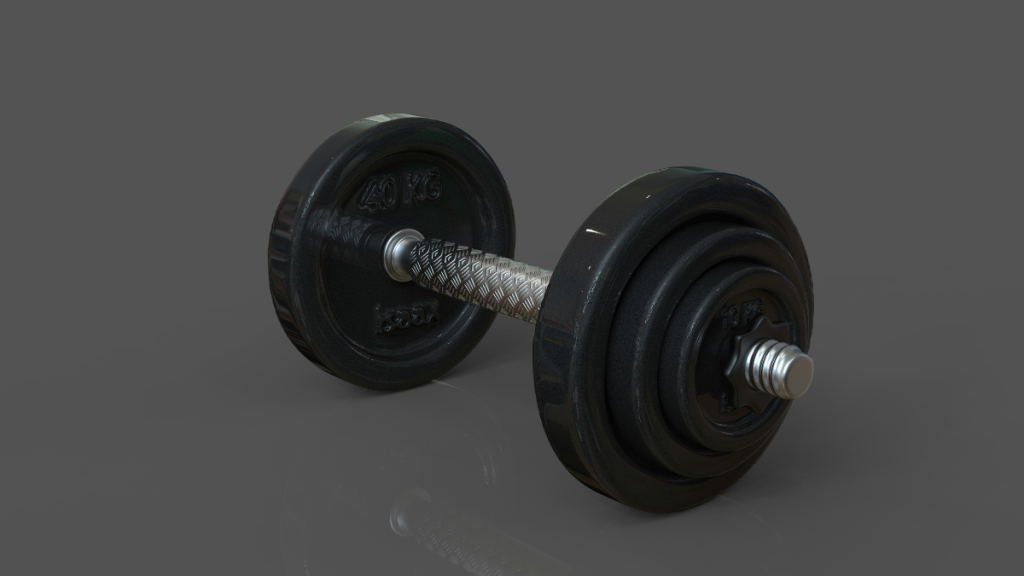Muscle recovery can be an unfamiliar terrain for many athletes. Whether you’re a weekend jogger or a five-time-a-week gym goer, rebuilding your muscles post-exercise is important. Without proper recovery, you risk living through soreness and increased injury down the road.
Nutrition’s Big Part
Fuel your muscle armor with protein. Post-workout shakes? Awesome. A hearty dinner? Even better. Find what works for you — just get that protein.
In addition, don’t ignore the role of essential fats. Healthy fats found in avocados, nuts, and fish oil are beneficial to muscle recovery, providing necessary nutrients to support overall body function without adding extra pressure on your digestive system.
Don’t overlook carbohydrates. They’re the energy reservoir for killers of fatigue. Bananas, oats, and brown rice are your best friends.
For those looking to venture deeper into optimizing their recovery, incorporating muscle recovery supplements can be a pragmatic option. These supplements often contain beneficial ingredients like creatine and BCAAs, known to help reduce soreness and support overall performance.
An extra tip for those involved in intensive training: consider consulting a dietitian for personalized meal planning. Tailored advice can help you meet your energy needs, optimize muscle repair, and ensure you’re getting a balanced diet tailored specifically to your activity level.
The Magic of Active Recovery
Low-intensity moves are your go-to. Swim on your rest day. Walk around the park. Engage in yoga or Pilates. These exercises keep blood flowing without demanding too much.
Active recovery isn’t just light exercise. It’s synergy — low intensity with maximum reward.
Variety in active recovery can be refreshing. Explore different low-impact activities each week to maintain interest and challenge different muscle groups. Trying something new can also ward off monotony and provide a fresh perspective toward fitness routines.
The Role of Rest
Rest isn’t just an option; it’s the backbone of recovery. Sleep is where growth truly happens. Aim for seven to nine hours a night, and let your muscles do the mending.
Rest days, however, don’t have to mean complete inactivity. Consider incorporating gentle activities like walking or light stretching that won’t strain your muscles. Such activities not only clear your mind but also stimulate blood circulation, assisting your body’s healing process.
But don’t sleep through the entire day! Schedule rest days in your weekly routine. Muscle fibers need time to repair. Skipping rest days stifles progress. Remember, rest isn’t laziness; it’s strategy.
It’s also beneficial to explore mindfulness meditation or deep-breathing exercises during rest days. These practices calm your mind, reduce stress, and help tap into deeper mental relaxation, facilitating better physical recovery. Think of it as fitness for your brain, giving you a mental reboot.
Hydration Chronicles
Water might sound boring, but it’s a powerhouse. Dehydration steals energy and slows your recovery.
Aside from water, consider hydrating with electrolyte-rich drinks after intense workouts. This can be particularly helpful in replenishing minerals lost during the exercise, balancing your electrolyte levels, and maintaining proper nerve and muscle function.
Reach for the liquid gold regularly, especially after intense sweat sessions. More sweat, more top-ups. It’s math any athlete can understand.
Include hydrating fruits and vegetables in your diet for an extra boost. Cucumbers, watermelon, and citrus fruits not only increase fluid intake but also provide vitamins and minerals that aid in muscle recovery and boost your immune system.
Understanding Pain
The fine line between pain and injury can be tricky. Mild soreness? Good work. Knife-like stabbing pain? Drop the weights.
Listening to your body is vital. Push pain too far, and you invite damage. Intuition is underrated but invaluable.
Track your progress by maintaining a workout journal. Note how your body feels following exercises and during recovery. This documentation can guide your training decisions and help you learn the difference between discomfort from growth and genuine discomfort from potential injury.
Stretch and Foam Roll
Stretching is the forgotten hero. It prevents DOMS — those hellish delayed muscle aches. Stretch post-workout while your muscles are warm. Feel the difference.
Foam rollers ease stiffness, releasing knots and tension. Roll in all directions, and find tight spots you never knew existed.
Balance is key. Target all muscle groups and hold stretches slightly longer on areas that feel more stiff. Consistency in your stretching routine can make a substantial difference in flexibility and strength, improving your overall athletic performance in the long run.
The Big Picture
Everyday athletes, it’s your game to play. Rest wisely, eat powerfully, and hydrate enthusiastically. Implement recovery techniques to suit your lifestyle, and relish the stronger you waiting on the other side.

